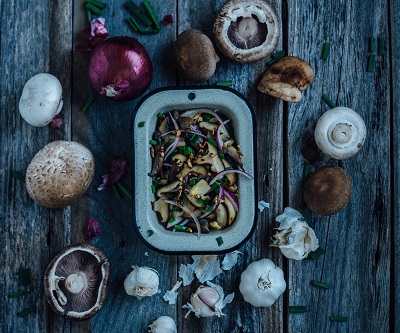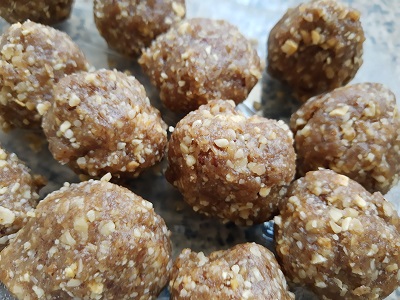Podcast Episode 33 – How to Encourage Kids to Eat More Plants
Eating as many plants as possible is a good habit to have. Starting the habit of eating more plants at a young age is truly a great way to a healthy lifestyle. Do you have a child that you would like to encourage this way? Listen in on Patryce and Shonda’s conversation to discover some […]
Continue Reading


